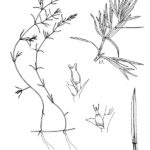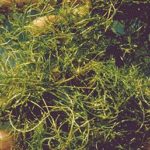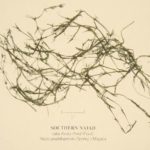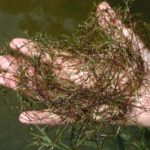Najas guadalupensis
USDA, NRCS. 2018. The PLANTS Database (http://plants.usda.gov, 28 March 2018). National Plant Data Team, Greensboro, NC 27401-4901 USA.
Illustrations courtesy of University of Florida/IFAS Center for Aquatic and Invasive Plants. Used with permission.
What is Southern Naiad (Bushy Pondweed)?
Physical Characteristics
Leaves:
- Linear
- Range from opposite to somewhat alternate
- All submersed
- Up to 1 inch long & 0.08 inches wide
- Gradually gets smaller as it approaches the tip
- Usually tipped with 1-2 spines
- Rounded or sloping at the base
Stems:
- Slender
- Branching
- About 2 feet long
Seeds:
- Elliptical-shaped
- Dull
Where Does it Grow?
Southern naiad can be found in lakes and ponds. Bushy pondweed (A.K.A. southern naiad) is often confused with sago pondweed and widgeon grass.
Pros and Con of Southern Naiad
Southern naiad vegetation and seeds are consumed by many species of ducks and is considered a primary food source. Submerged portions of all aquatic plants provide habitats for many micro and macro invertebrates. These invertebrates in turn are used as food by fish and other wildlife species (e.g. amphibians, reptiles, ducks, etc.). After aquatic plants die, their decomposition by bacteria and fungi provides food (called “detritus”) for many aquatic invertebrates.








